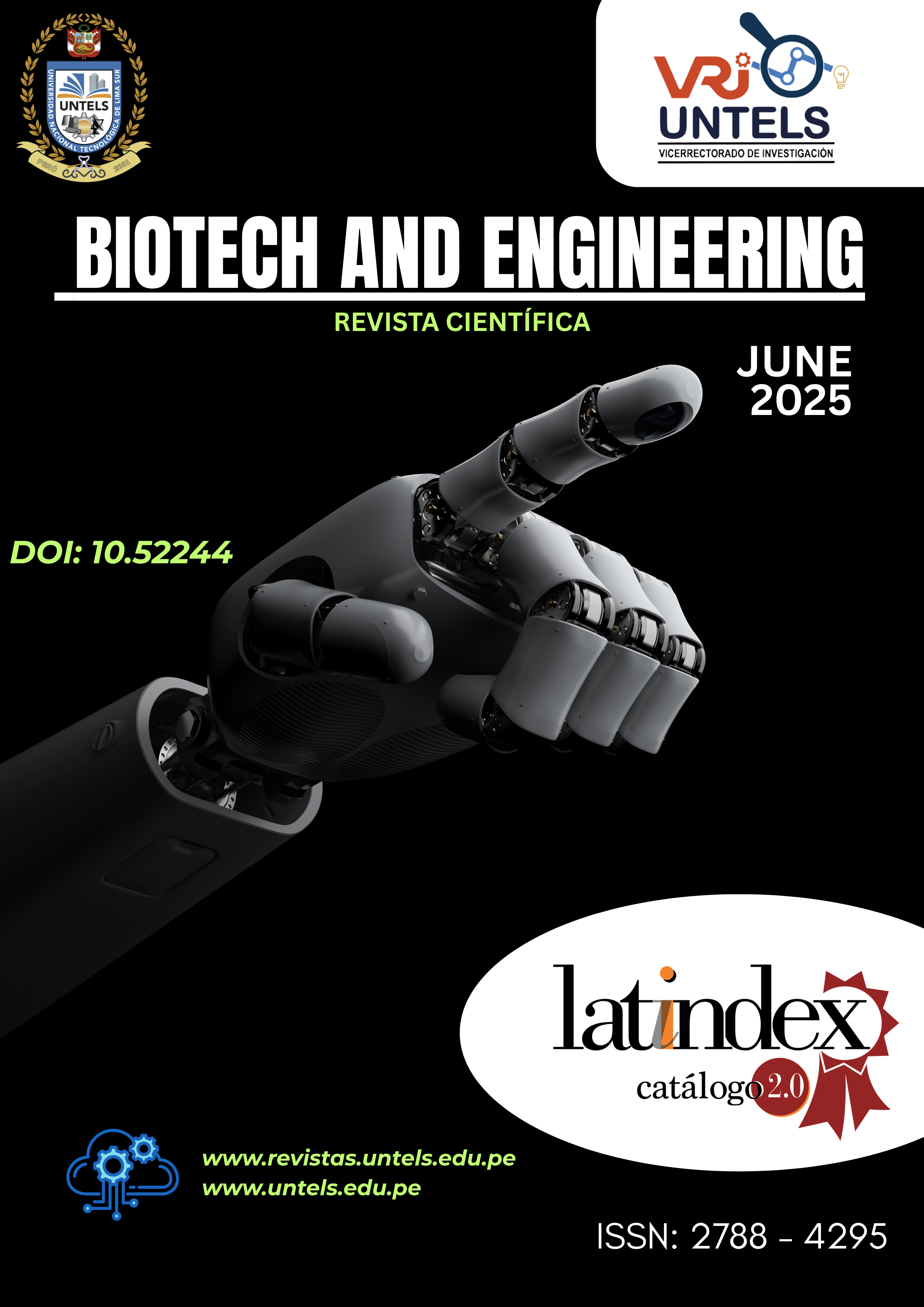Publicado 2025-06-30
Palabras clave
- Bee,
- biopesticide,
- Petiveria alliacea,
- bioassays,
- Daphnia magna
- Varroa ...Más
Cómo citar
Derechos de autor 2025 Revista Científica: BIOTECH AND ENGINEERING

Esta obra está bajo una licencia internacional Creative Commons Atribución 4.0.
Resumen
This study focused on the preparation of extracts from the leaves of Petiveria alliacea to find the most suitable extract with the least toxicity and the ability to control varroasis in honey bees. The hexanic, ethanolic, and aqueous extracts were subjected to acute toxicity bioassays with Daphnia magna for 24 h and 48 h of exposure. The aqueous extract proved to be the least toxic, causing minimal mortality and a median lethal concentration (LC50) of 657.9601 mgL-1. The acute toxicity bioassay with varroas showed that mortality is maximum at 200 mgL-1 (93.33%) during 24h of exposure and LC50 = 105.2418 mgL-1. A chemical analysis using liquid chromatography coupled to mass spectrometry (LC/MS) allowed identifying that sulfur derivatives are the majority fraction in its composition (72.7%). The results suggest that the aqueous extract could have potential as a botanical biopesticide with acaricidal capacity, according to the fraction of quantified components and the background in the scientific literature.
